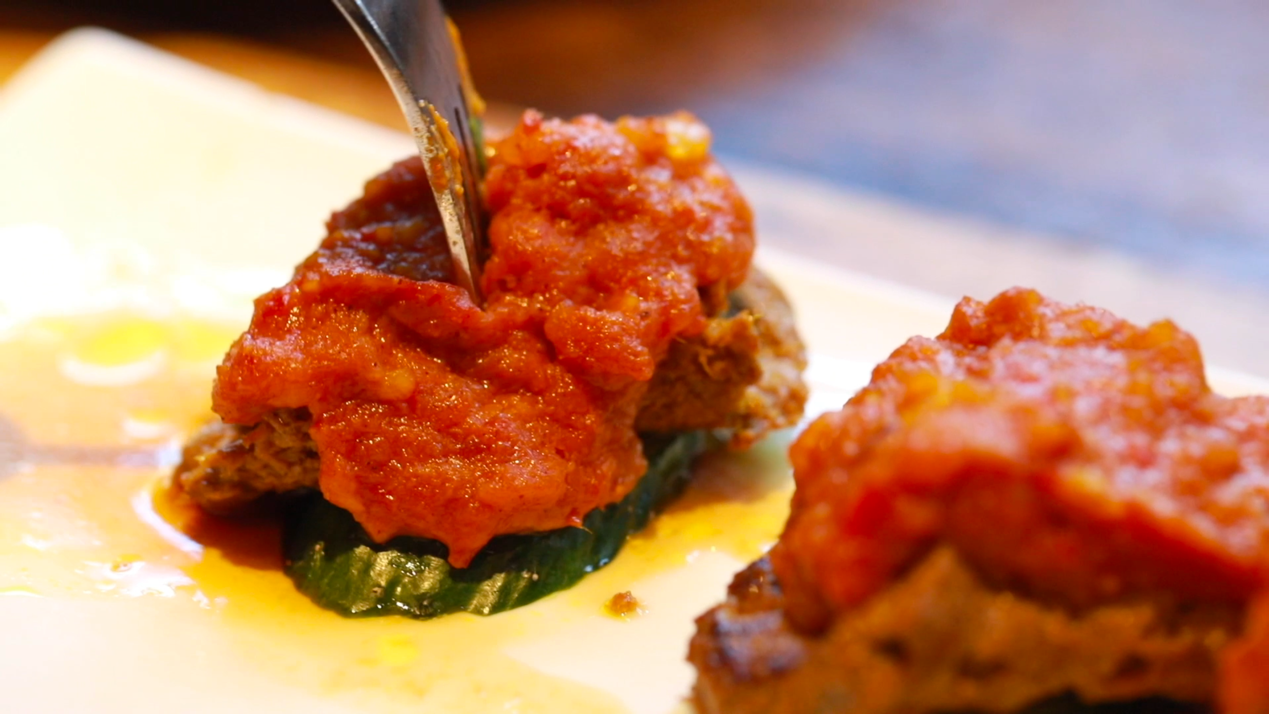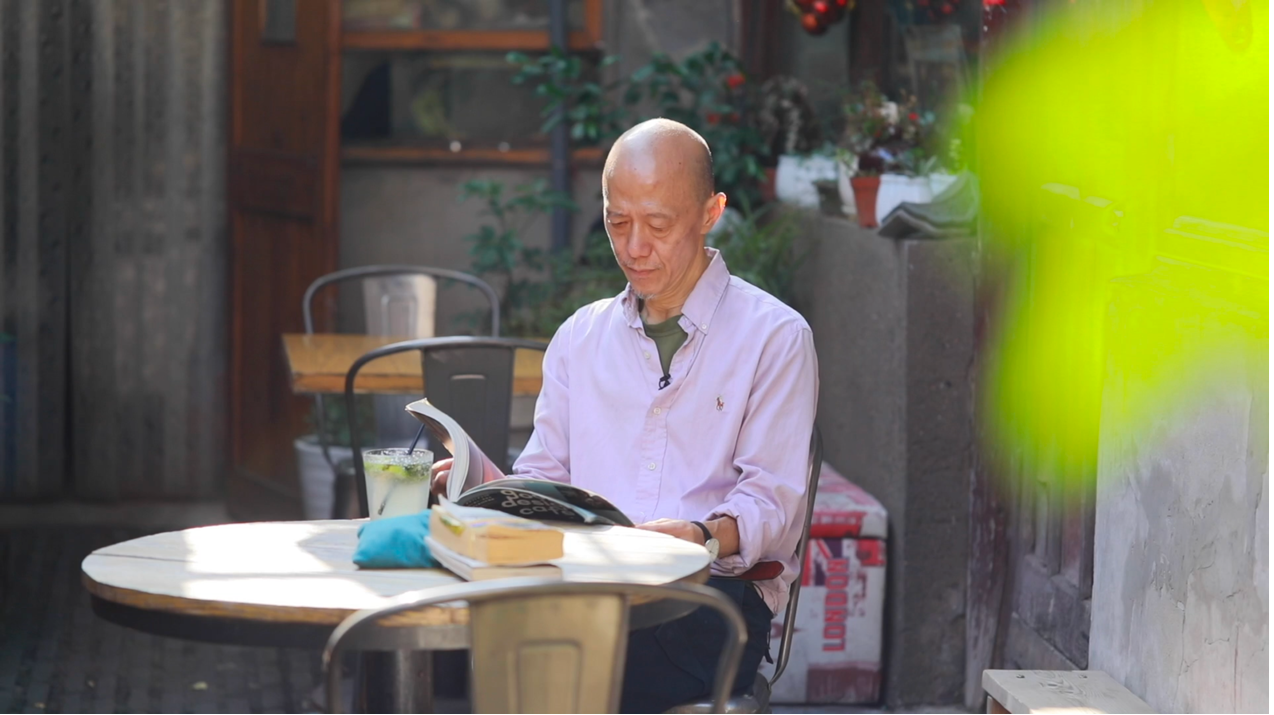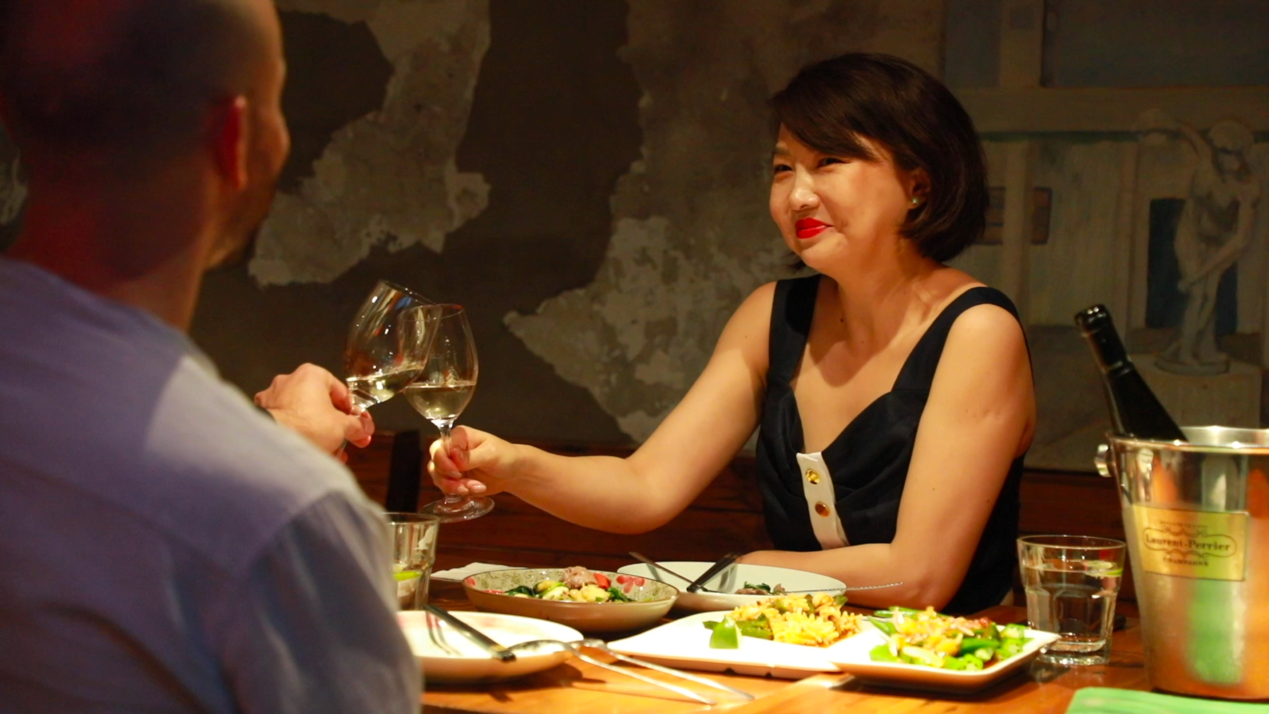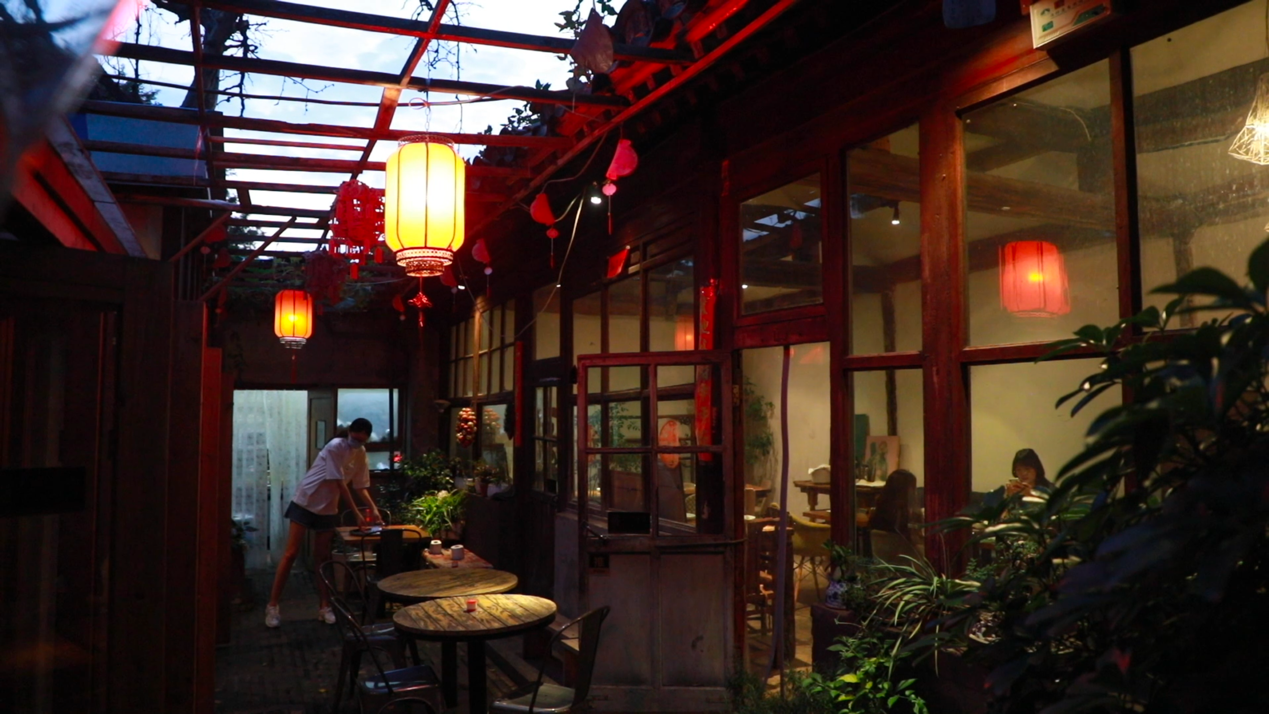07:03

Malay cuisine is acclaimed for its vibrant and diverse flavors, gaining popularity across the world. Here in Beijing, a Malaysian restaurant Café Sambal blending local hutong culture and the exotic flavor has gained its fanbase over the past two decades.
From the window-paper designs to the house's wooden structure, visitors won't miss the strong emphasis on hutong culture even for a moment. "I tried to keep as much Siheyuan style as possible. Everything I use is real and antique, but in a modern contemporary style," said John Paul C. G. Cho, owner of the restaurant.

John Paul C. G. Cho, owner of Cafe Sambal. /CGTN
John Paul C. G. Cho, owner of Cafe Sambal. /CGTN
Cho is from Malaysia. He settled down in Beijing 20 years ago on his first arrival to the city. Feeling homesick, he opened Cafe Sambal. "I missed Malaysian food, but at the time there wasn't good Malaysian food here. So I tried to reproduce it."
Malay food is strong, spicy and fragrant. It is usually recognized by the rich tastes of sauces like satay and curry. To serve authentic Malaysian dishes in Beijing, Cho hired Malaysian chefs from the very beginning. And the spices needed for cooking are transported all the way from Malaysia.
It takes courage to start an exotic restaurant from scratch in a foreign country, and stick with it for 20 years. "My father and I are from Chaozhou, Shantou, Guangdong Province. We are traditional Malaysian Chinese. Being an international student, I fell in love with the city and the culture, especially the hutong culture."

Customers at Cafe Sambal. / CGTN
Customers at Cafe Sambal. / CGTN
Nowadays, Cafe Sambal is always packed at dinner time. Although there are fewer overseas customers due to the pandemic, its online reputation keeps attracting young residents. "It's full of hutong culture," said one young customer. "It's not like the tropical atmosphere you would associate with a Southeast Asian restaurant. But I feel comfortable here."
And there are also frequent costumers. Some have been loyal patrons since it opened two decades ago. "I was passing by, and noticed a little red lantern. Twenty years ago, there was no such decoration in the restaurants. I walked in out of curiosity and found it was a Malaysian restaurant. We were used to Chinese cuisine, and found the Malaysian food quite different."

Lanterns hang at Café Sambal. / CGTN
Lanterns hang at Café Sambal. / CGTN
The lanterns, the Beijing courtyard style and the Malaysian flavors, everything seems to have remained as it was 20 years ago at Cafe Sambal. But there's one major difference – it's now a bona fide hutong classic.

